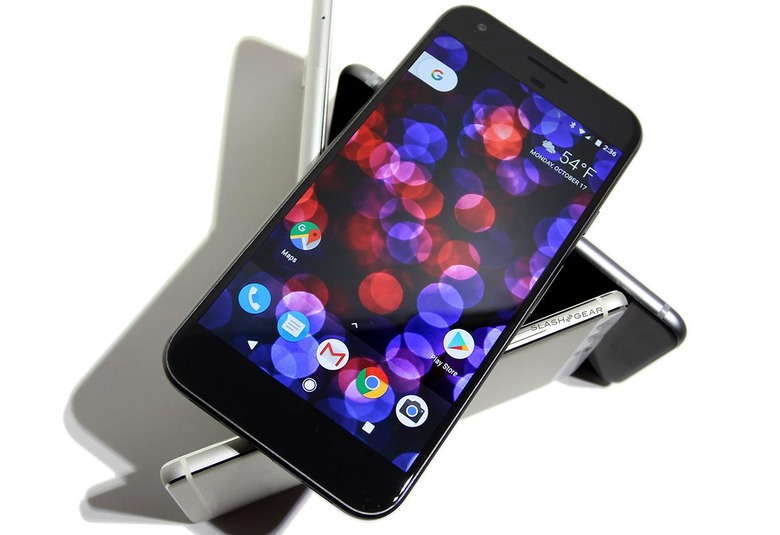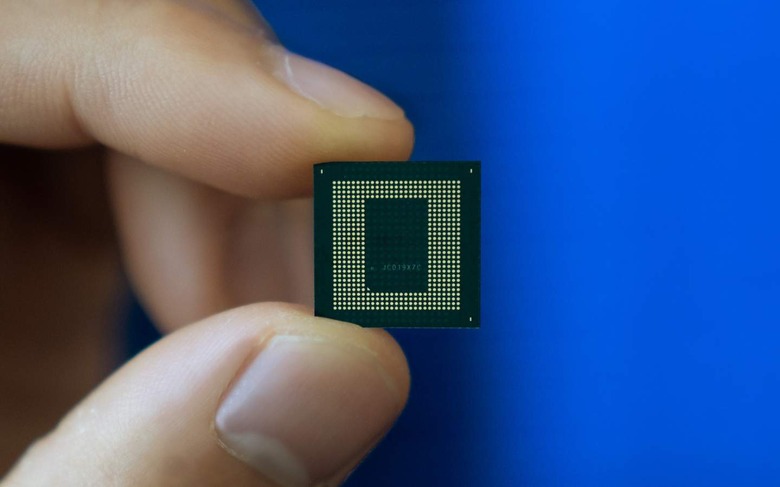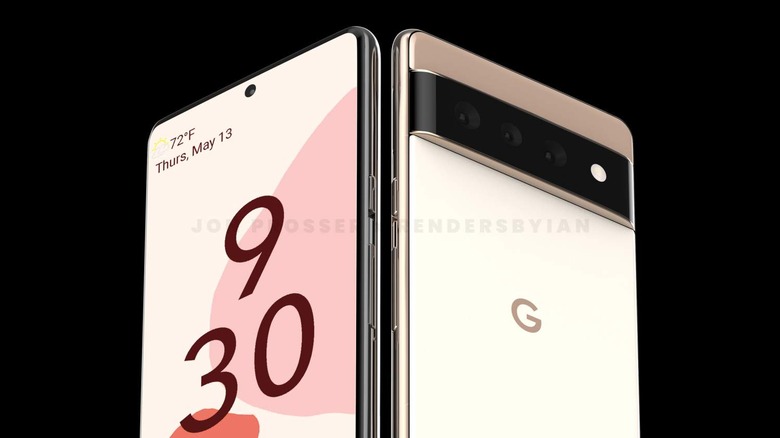Pixel 6 XL Could Be The Long-Overdue Android's Flagship Roadmap
It's still a few months away, but rumors and leaks about the Pixel 6 and Pixel 6 XL are starting to accumulate. The details we've heard and seen so far paint a picture of a unique phone, both inside and especially outside. It's definitely a head-turner, for better or worse, and something that Android users will probably be talking about for quite a while. And perhaps rightly so, because the Pixel 6, specifically Pixel 6 XL, could very well be the standard flagship smartphone that Android users deserve.
A Pixel story
When the first Pixel launched in 2016, there were equal amounts of excitement and dread among Android fans. While Google had a hand in the creation of Nexus phones for half a decade, it would be the first time the company would be doing its own thing. And although it excelled in software, especially web services, its track record in hardware hasn't been that reassuring.
The OG Google Pixel was a resounding success. Its quirky design and pure Android experience helped it garner media attention. But it was its photography performance that astounded the mobile world, thanks to the AI and software magic that Google pulled off using a single 12-megapixel sensor. It was, by 2016 standards, the shining example of what a good Android phone should be, without extraneous features, both in hardware and in software.

Some might argue that the four Pixel generations that followed (not counting the 'a' models) might not have followed in the original's footsteps. Last year's serving was particularly confusing, with specs and features all over the place and without a clear direction for Google's phone line. Some had even predicted that it wouldn't be long before the Pixel went the way of the Nexus as well.
It's less about the hardware (but that counts, too)
Except for the Pixel 5 last year, the "main" Pixel phones have more or less carried high-end components, but they still felt like being half a step behind. Part of that may be due to Google's and Qualcomm's cycles not being in sync, with the latest Pixel phone coming just a few months behind the latest Snapdragon chipset.
On the one hand, it does send a message that you don't need the latest and most expensive hardware to have a good Android experience. On the other hand, it also means that the Pixel phones aren't offering the best experience either, at least as far as hardware potential is concerned. Even more important, it also keeps Google at the mercy of the component manufacturers like Qualcomm, who have their own rigid schedules to follow.

The Pixel 6 XL could free Google from that particular restriction if it will indeed be using its own "Whitechapel" GS101 chip inside. It may not live up to the Snapdragon 888's raw power if rumors are to be believed, but it could still be a noteworthy achievement if Google's AI-powered optimizations can compensate for lower clock cycles. The more significant benefit, however, is Google's freedom to make its own terms, both in manufacturing schedules as well as software updates, exactly like what Apple has with its iPhones.
It's a bit about the design
It may sound superficial, but first impressions do last. The first Pixel phone was eye-catching in its oddity, and that definitely worked in its favor. Later generations, unfortunately, didn't have as much visual impact, either simply carrying on the previous design or, worse, looking eerily identical to a fierce rival.
The leaked designs of the Pixel 6 and Pixel 6 XL may not be the most beautiful in the market, and they will definitely not match everyone's tastes. There is, however, a certain character to them, one that almost shouts at you to be noticed. It is thankfully different in a sea of smartphones that are again starting to look alike.

It's easy to take good design for granted until you hold a phone in your hand. Apple's iPhones have been lauded for their designs not just because they look good to fans of minimalist aesthetics but also because they feel good while also being functional. The Pixel 6's design is definitely a huge gamble, but if Google manages to put out a well-built phone with little to no flaws, it could pay off in the end.
It's all about the software
There have been countless Nexus and Pixel phones in the past, some of which didn't exactly offer the most beautiful designs or the best hardware. Still, some people flock to Google's phones because of the software running inside. In a nutshell, it's Android as Android should, or at least according to Google's standards.
Android is actually at a critical phase where it needs to shine brightest. Topics of privacy, performance throttling, battery life, and machine learning are reaching their peak in the mobile industry. Users have become more discerning and demanding about regular and timely updates, both for security fixes and major Android upgrades. After a brief period of unification, OEMs are starting to diverge again in their custom experiences. There has never been a better time for Google to show how Android should be done.
Of course, not everyone will agree with Google's vision for Android, and there is also beauty in the Android world's seemingly chaotic diversity. At the same time, there should also be a standard by which the ideal Android experience is measured against, and the Pixel 6 XL is in a position to once again tell the world that it is how an Android phone should be.
Wrap-up
The Pixel 6 XL isn't going to be perfect. Given Google's track record, it will definitely be a pleasant surprise if no major issues come up after a month or so, especially when it comes to the phone's design. After the past few Pixel phones, however, if Google manages to even score high on those three aspects, it will still be a great deal for Android as a whole. It has been quite a while since the platform had something to truly represent the ideal Android experience, and the Pixel 6 XL looks primed to be in that position to become the standard by which all other Android phones will be judged.
